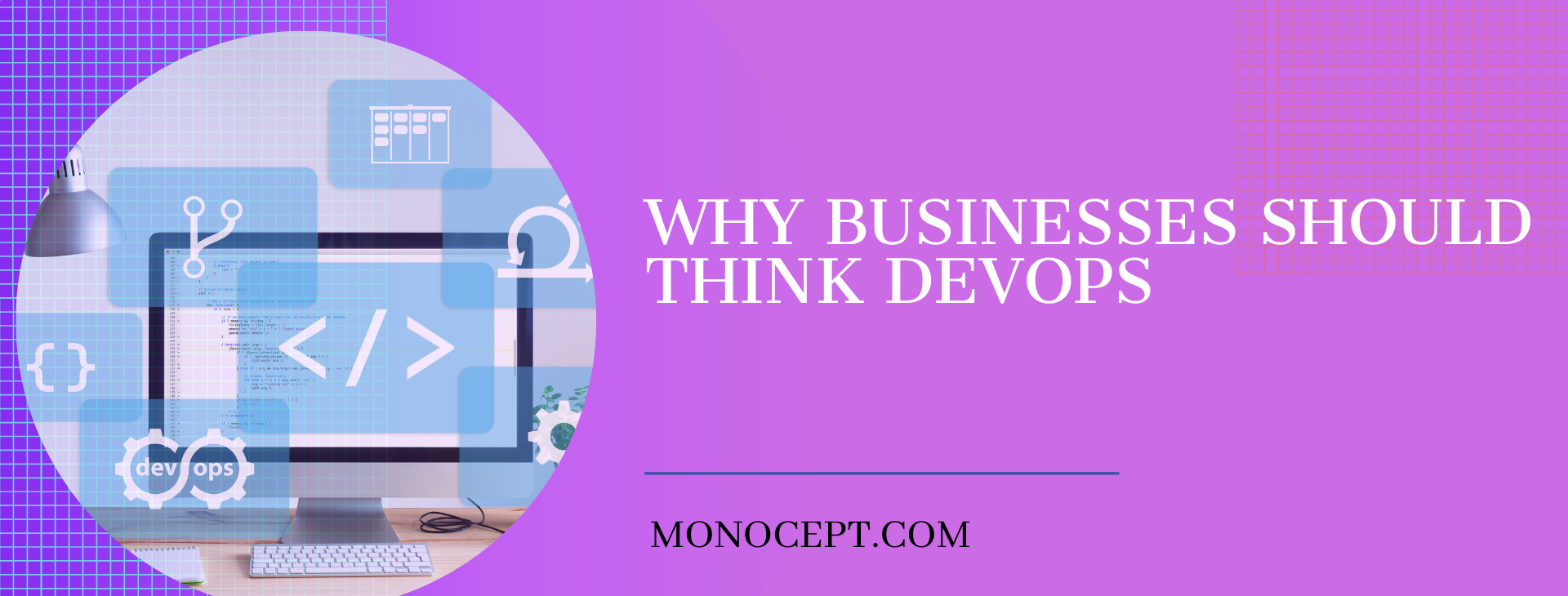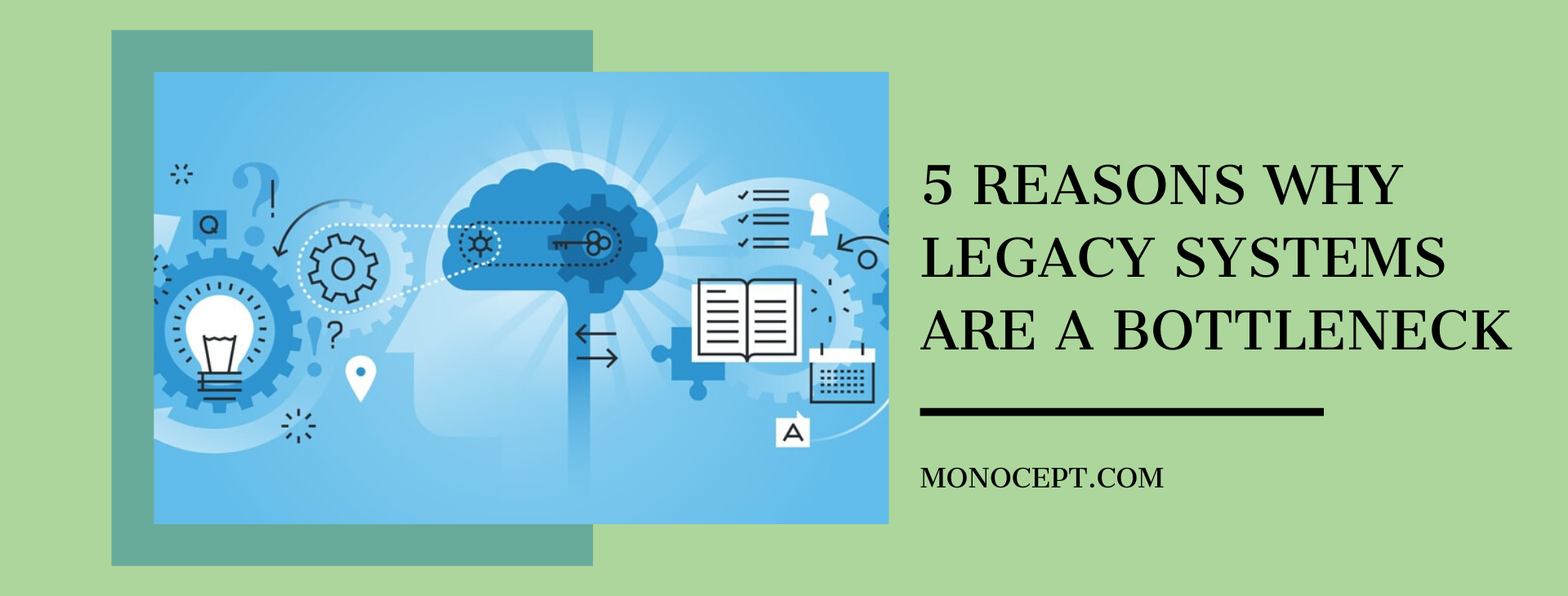Why businesses should think DevOps
We’ve discussed the concept of DevOps and how it can help businesses build and grow their infrastructure. To reiterate, the DevOps model of working entails breaking down the silos in which the business, development, operations, testing and other teams work, so that every stakeholder is equally responsible for realising the business objectives of the software or application being produced. When the team is integrated, with each person equally invested and answerable for every step in the software development lifecycle (SDLC), it leads to higher performance, better quality of software and application, removes bottlenecks, minimises risk, the final product is very closely aligned to the business objectives with which it was created, and, most importantly, delivery time for a performant software or application is dramatically reduced, which has a direct positive effect on the company’s bottom line.
Adopting the DevOps approach can particularly help organisations minimise the financial cost of software outages. According to a Gartner study, 80 percent of outages that impact application services critical to an organisation’s business objective are caused by people and process issues. In addition to this, more than 50 percent of the outages mentioned above are caused by change, configuration, release integration, or hand-off issues. The more the SDLC depends on people and manual intervention, the higher the cost of any outages, due to the lost transaction revenue, wages, remedial costs, bad publicity, etc.
Clearly, software errors and the associated downtime can cost companies a lot of money as well as goodwill among consumers.
DevOps can drive real value in significantly reducing the risk of unplanned downtime, with its emphasis on automating manual tasks and creating replicable processes that are transparent and traceable. The DevOps model seeks to minimise the need for manual intervention, which in turn leads to at the creation of a software or application that runs on a stable and reliable IT infrastructure, with continuously aiming to lower the limit for acceptable risk of failure.
According to a State of DevOps study by Puppet Labs, high-performing IT organisations experience 60 times fewer failures than their lower-performing peers and their recovery time is 168 times faster. It is evident, then, that the length of downtime and the recovery time are important markers that determine a company’s perceived performance and, therefore, success.
Apart from helping businesses function with continuity and remain in business, adopting the DevOps approach can have a great on QA and testing as well. When test cases are continuously automated, the development and deployment of the of a feature or functionality in the software or application can start as soon as a coder is done writing the code for it, within a QA environment, helping the team built and test a product more robustly, and within a shorter time span. With DevOps, the reporting of test results can also be automated within the delivery pipeline. And finally, DevOps’ integration and automation model make it possible for modifications to different tests that are dependent on functionality, testing environment, the time needed to test it, memory, etc to be integrated to run simultaneously or in sequence. The leaner delivery framework saves the company time and enables efficient end-to-end delivery to the customer, creating a significant business impact by reducing IT budgets.
To know more on DevOps, drop a mail at info@monocept.com





















































































